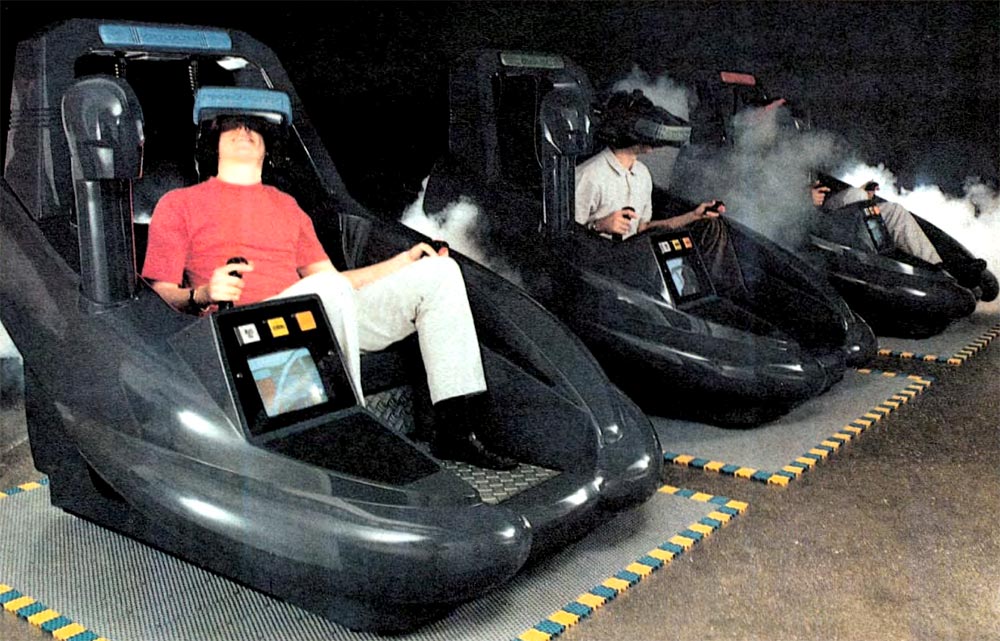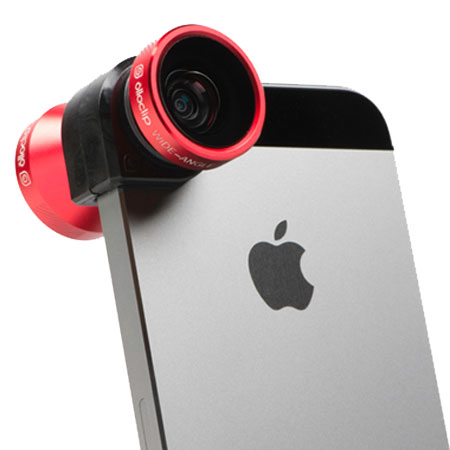In the 1990’s, there were a few test toys sent out into the market to see how children would react to virtual reality video games. The technology was rather basic compared to video games at those times and the equipment provided was extremely bulky. This ultimately closed this small hole in the market until the Oculus Rift development model showed up on the market. However, has the technology improved in our phones to the point where they are the new viable solution for VR experiences?

I am a Full Stack Developer (I design the part you see and the part you don’t see of a website) and I have developed video games, for fun, in 3D and 2D environments, which is why I have the unique experience required to answer this question. This is a buzzing question that’s usually dismissed by many individuals in the technology industry, since computers design phones. However, let’s discuss why a smartphone isn’t the ideal technology to use for the best VR experiences.
The Grab of Convenience
The primary reason why there is a grab to have VR experiences on our smartphones in the first place is that our phones do practically everything else in our lives. We depend on our handheld devices like no other part of our lives. Now, iPhones can be substituted for real DSLRs and Samsung’s newest model is like a tablet that calls itself a phone. Our new smartphones can do practically everything, but that same grab of convenience is a primary reason why smartphones are not the solution for VR experiences.

Let’s talk about games and how much power they need to run, which means we need to start at RGB. RGB stands for Red Green Blue, from which all the colors on your computer are derived from even if you have an HDMI setup. You can have one combination of the three colors and a range of two hundred and fifty-five on each color. So, for black, it would look something like RGB (0,0,0) and for white, you would have RGB (255,255,255). Each pixel on your screen has one combination of this code. Therefore, a 1080p or a 1,080 pixel screen would have 1,080 pixel commands that it needed to write within a fraction of a second.
In a 2D game, it’s just 1,080 pixels. In a true 3D game, it’s 1,080 pixels per layer in the game environment. Therefore, if the game you are playing is one hundred layers deep, you are playing with 108,000 pixels. 100 layers is roughly half an inch of an iPhone screen, so a world where you could only ever see half an inch in front of you. 3D games can do this on a PC without experiencing problems because of a process called Staggered Rendering, which means it loads only what the human eye would want to see closest to it. In VR experiences, this has not been implemented yet and in Virtual Reality video games we would multiply this by at least four since we don’t have a process matching Staggered Rendering that will only load the pixels you see versus the pixels in your surrounding environment. Therefore, for a flat static still frame of a Virtual Reality game that uses as little pixels as possible, we need 432,000 pixels in one second just to see half an inch into that world.
We normally run videos at 30 frames per second, on the lowest setting. This comes to a grand total of 12,960,000 pixels in one second on the lowest setting, which is the standard for many phones and we’re not even including 4k technology. If you move 1 pixel in any direction, your computer must provide you with 25,920,000 pixels because you have the ones you change and the ones you didn’t. This roughly comes out to 25MB per second for a 1 second video in Virtual Reality. That’s JUST to produce the video and not including the incredibly long list of instructions constantly running with the program.
Why was all that important? Individuals who have been using their phones to experience Virtual Reality simply haven’t been able to have access to games that will stress their phones out like Crysis 3 did to computers and consoles when it first came out. All that math I did was to show you what it would take to run a full 1080p VR experiences with only half an inch in the virtual world. Imagine a game you’d like to see, like Call of Duty or Tomb Raider and then imagine how much it takes to just render those worlds. It becomes quickly evident why your phone simply can’t take that much on all by its little lonesome, especially if you are running background applications and want to do other things beyond playing any of the many VR experiences (we’re looking at you Facebook friends).
Wire Vs. Wireless
A huge complaint about VR technology right now on official VR-only Devices like the Oculus, are the chords involved in it. Any professional gamer knows that the difference in latency, the time it takes to turn movement into digital instruction between wireless mice and wired mice is quite large. A casual player would not notice this in a regular game as they will not normally move that fast, but it can mean the difference to winning or losing a ranking match for a professional gamer.

Normally, we would not need to worry about this, but with Virtual Reality we do. It’s literally the difference in speed between an external hard drive that plugs into your computer and a wireless hard drive. If you have ever noticed, the wireless hard drive will always be slower than the one with the chord.
How does that translate to wireless Virtual Reality? In the previous section, we discussed how much power we would need in order to run an extremely small scenario for a half-inch world. Let’s expand that to a full six feet, which is enough for an average person to feel comfortable in. That increase means you are transferring 3.6GB, roughly, over the connection per second. Does your wireless hard drive provide information that fast? Do you think your smartphone could handle that? On a 4G network (close to the same speed as your average local wireless), that would take roughly 6 minutes to transfer and that’s not including any background processes.
Upgrade-ability
This one is a flip-of-the-coin part because you have individuals who know how to change out parts in a PC. If you don’t, it’s not hard to learn and it takes about twenty minutes on YouTube. A new iPhone will cost in between $500-$800, depending on a lot of factors. A new GTX 970, the standard graphics card for Virtual Reality, costs around $300. A computer that can properly run VR experiences will cost around $1,000, provided that you build it yourself. In the short term, it’s much cheaper to buy the phone for virtual reality. In the long run, say 2 iPhone products down the line, the iPhone buyer will have spent an extra $1,000 at minimum, while the computer user probably will still only need the one they originally bought.
Final Verdict
To determine why smartphones are not a viable route for Virtual Reality games as a whole it all comes down to numbers and the PC usually wins. You will be able to play arcade games and mini-games in Virtual Reality for a long time to come on smartphones because they usually only require a fraction of the power a much bigger game would normally need. However, to fully take advantage of all the aspects in VR experiences, PC is still the way to go.
-Tommy Mertell
Have you got any insider tips about the world of VR and fitness that you think we need to know? Make a comment below and our editors will get back to you ASAP!